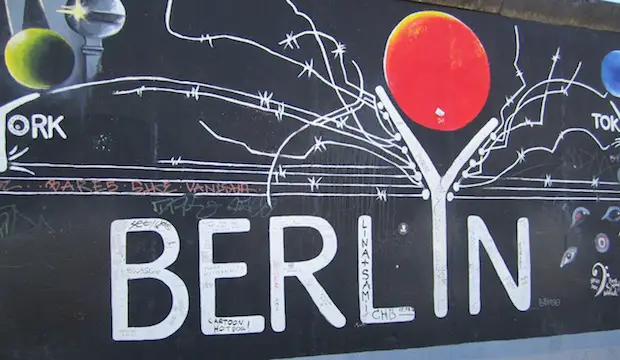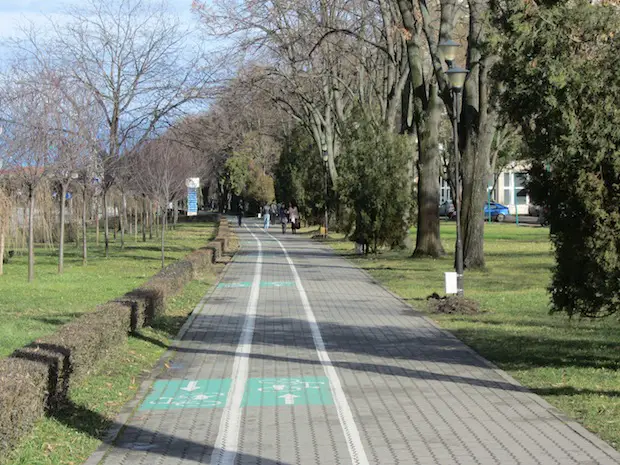The creative city image or brand of a global city is shaped through its multi-layered identities and contexts. These are channelled by a specific municipal strategy in response to attraction factors such as cultural distinctiveness, heritage and the built environment to name a few. City branding strategy is controlled by both public and private stakeholders in the pursuit of economic growth and liveability. In planning practice these objectives have proven conflicting considering the precarious nature of culture and creativity in the context of profitability.
Determining branding stakeholders and indirect influences on city branding is easier in mid-size cities than global cities, simply because fewer developments take place simultaneously and the involvement of mainly local interest groups. This has an effect on our conceptual understanding of a city, as it signifies a more constant, linear identity compared with the multi-layered internally/externally controlled image of global cities. In return it also simplifies our understanding in underlying qualitative trends on how a city image is shaped; in particular how a city image is advocated by its citizens and influential personalities such as musicians, writers or business owners.
To demonstrate this I want to look at how Mannheim has become an influential centre for music business in Germany, which has simultaneously attracted small design and tech start ups. It was not at the level of municipal government that music was used as an ‘image regeneration’ tool for a declining industrial centre, it was the involvement of a small network of local musicians and producers opening up the potential for investment.
In the early 90s, a group of Mannheim-based musicians grouped around lead singer Xavier Naidoo – now one of Germany’s leading names in pop music – formed the music collective Söhne Mannheims (Sons of Mannheim). At this time they started advocating Mannheim in songs and broadcasting media, raising awareness for their city as a place with success stories, talents and authenticity.
Songs like ‘Meine Stadt’ (My city) strongly express a collective consciousness for the city honouring it as home for their artistic upbringing and inspiration. This has partly contributed to a shift of the city image and a feeling of pride among the local community.

Due to this band’s popularity along with other influential musical collaborators that live in the region, festivals were initiated and informal support structures set up, in particular a music production cluster. Following these trends the municipal government and private investors showed an increased interest in providing support structures for small music start ups and education infrastructure. The county council Baden-Wuerttemberg set up Popakademie Baden-Wuerttemberg (University of popular music and music business) as a public-private venture in 2003 in cooperation with local musicians, of which some acted as financiers.
This is the first institution of its kind in Germany providing continued support for music professionals as part of a talent engagement strategy (image-film). Musikpark Mannheim was set up as a nearby entrepreneur centre, now accommodating roughly 40 music business companies.
These developments have closely contributed to a shift of Mannheim’s image from a supine former industrial town to a niche target ‘creative city’. What is unique in this case study is the close involvement of local personalities in the pursuit of both cultural and economic efficiency. This suggests a demand-based growth closely directed by creative professionals and their field specific expertise, maintaining a balance between cultural consumption and production (how this might have been affected by the radical changes in the music industry over the last 10 years is a complex subject that needs empirical research outside this article.)
The core of my argument however focuses on a sustainable creative city development through an alignment of the city image with actual urban trends, not fictional wishful marketing. Municipal strategy in Mannheim has focused on providing financial/organisational support structures for creative industry cluster development, rather than creating a competitive creative city image. Mannheim remained devoted to its multicultural image and success in supporting small business rather than its ‘brand’. This however might move towards a more culture centred marketing strategy soon, as reflected in Mannheim’s application for the European cultural capital title in 2020.
Silvie Jacobi is an artist and cultural strategist studying urban geography and creative industries at King’s College London.
Images via Popakademie Facebook and Iserlohner Nachrichten


